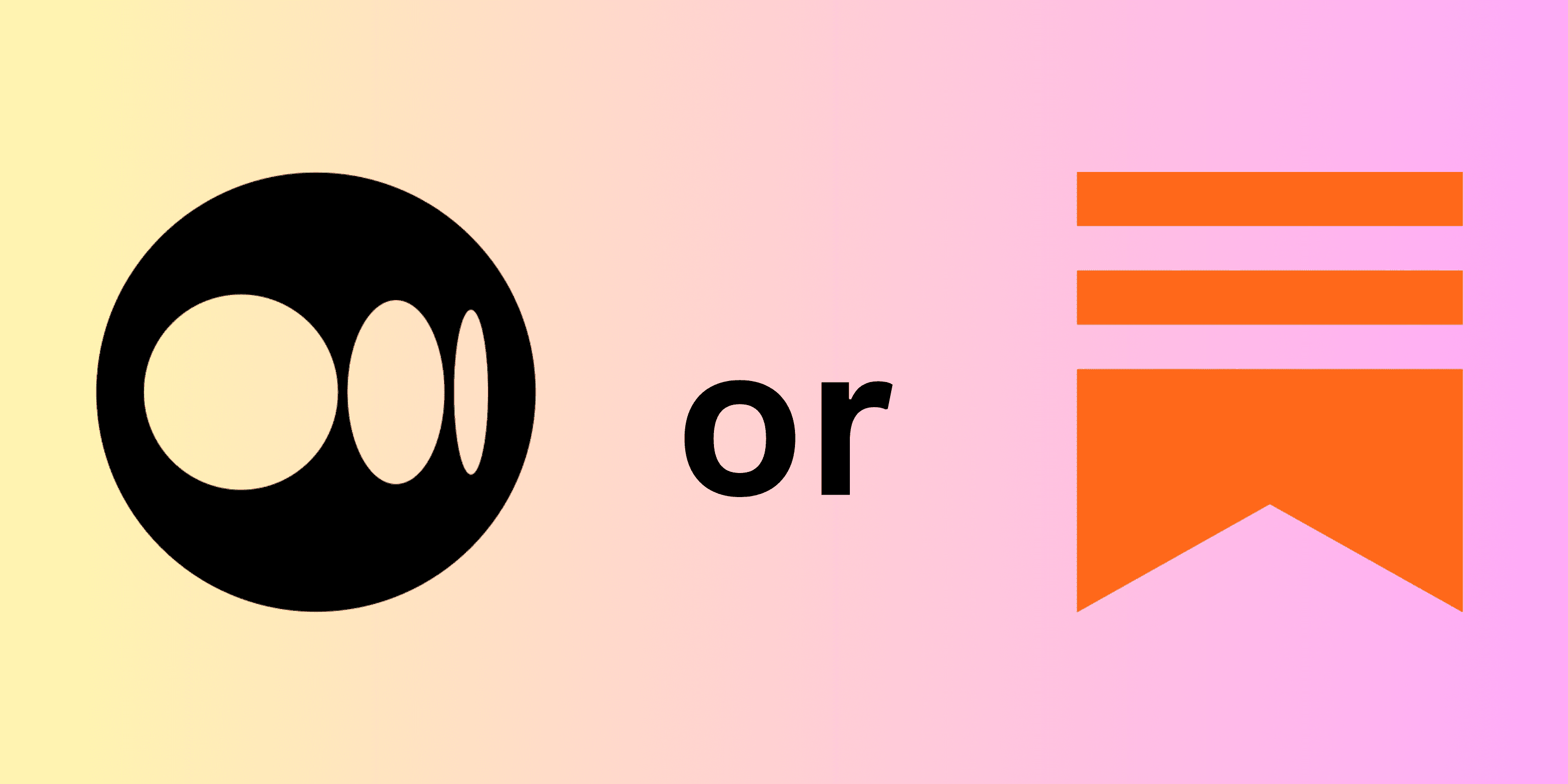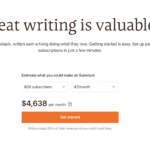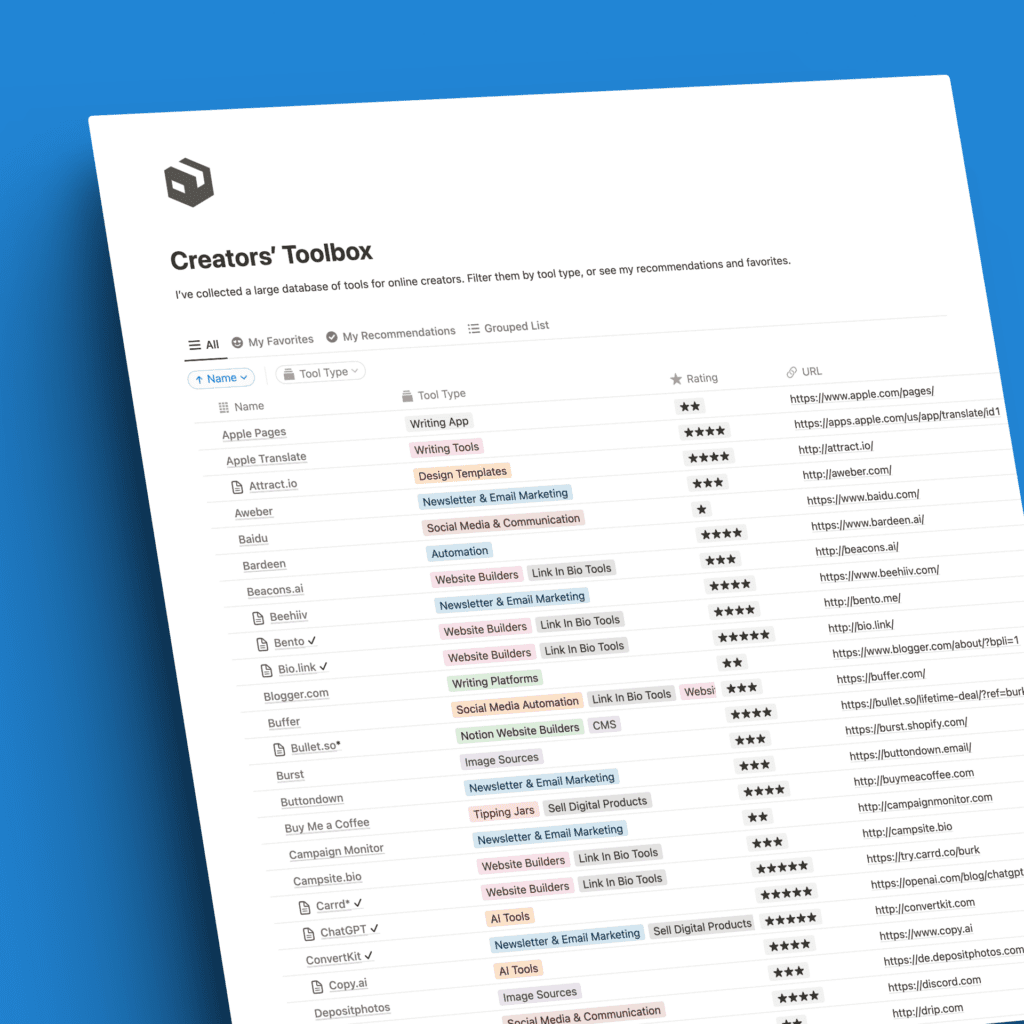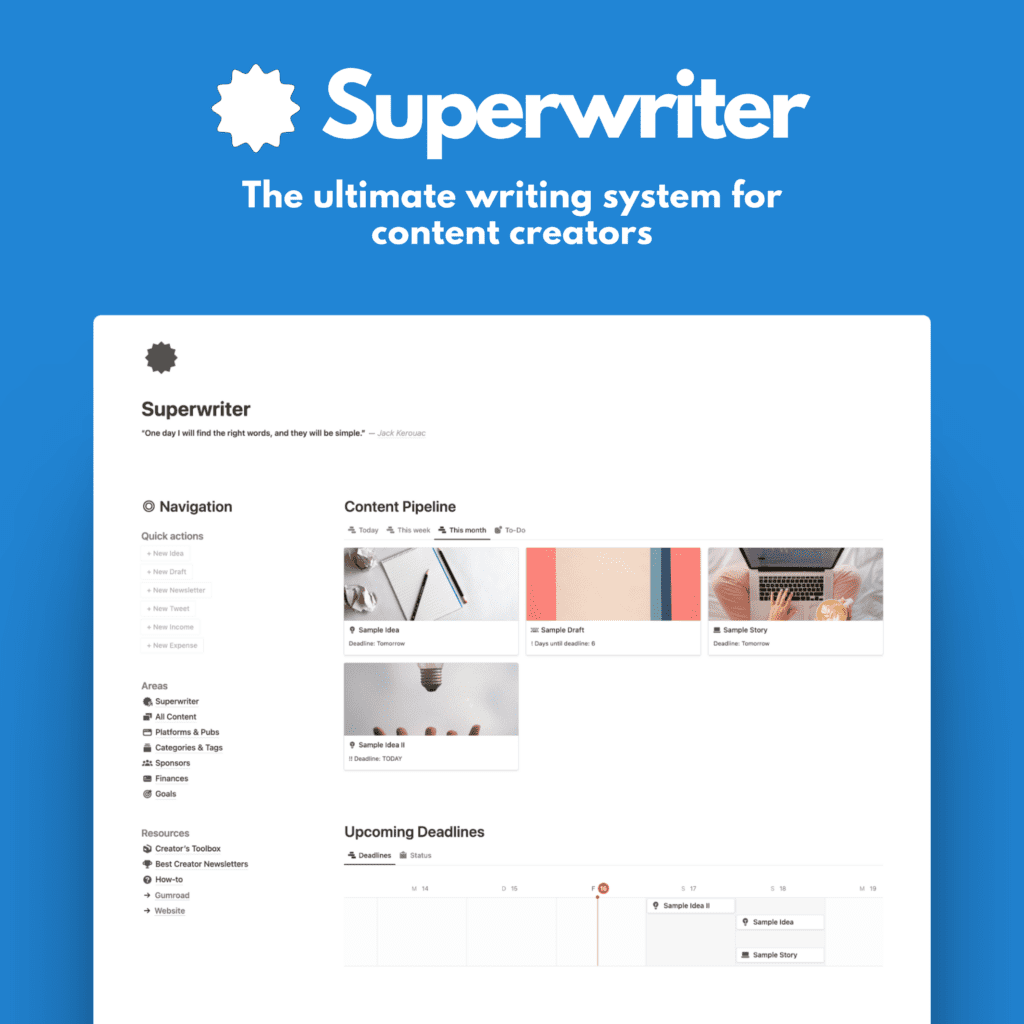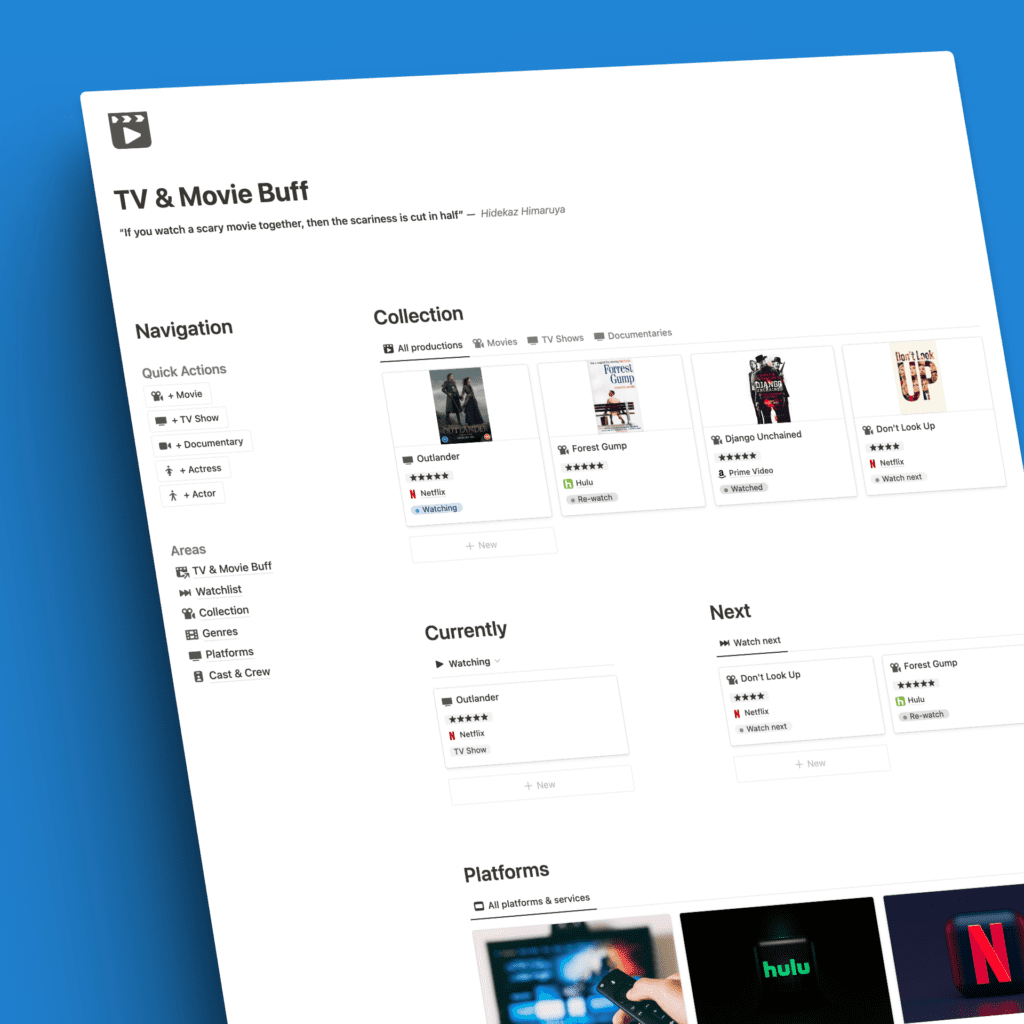Substack* and Medium are two popular online publishing platforms that make it easy for writers to share their work and build an audience.
They’re both free (with a paid option on Medium’s side) and have high domain authority, ranking on Google, brand recognition, and trustworthiness.
But they have some key differences that writers should consider when deciding which platform to use.
This comprehensive comparison examines the features, pricing, content ownership policies, and earning potential of Substack and Medium to help you determine the better choice for your needs as a writer.
Overview of Substack and Medium
Substack is a newsletter platform that allows writers to send paid or free email newsletters to subscribers.
The core of Substack’s model is writer-reader relationships mediated through email newsletters.
Substack handles the technical backend like email delivery and payment processing so writers can focus on creating content.
Medium is more of an open blogging platform where anyone can publish articles. It has social features like “claps” and comment sections to facilitate engagement between writers and readers. Medium uses algorithms to recommend content to readers based on their interests.
Key Features of Each Platform
Substack’s Main Features
- Newsletter creation, web publishing, and analytics tools
- social features like likes, comments, Substack Notes, and chat
- Recommendations and discover features
- Subscription paywall for paid newsletters
- Import existing content from other sites
- Multi-author publications
- Limited design customization
- Integration with payment processors like Stripe
- 10% fee on paid subscriptions
Medium’s Main Features
- Intuitive online editor for writing articles
- Social engagement features like comments and claps
- Content recommendation algorithms
- Publications on niche topics with multiple contributors
- Built-in readership of 100M+ monthly users
- Subscriber feature
Content Creation Experience
The content creation experience differs quite a bit between the two platforms.
Substack is built around email newsletters, so the writing interface is geared towards that. But it also offers a robust web version which makes Substack a viable free blog platform, comparable to WordPress, Blogger, etc.
You create posts that get compiled into newsletters sent to your subscribers. There are options to schedule posts and make some private for paying subscribers only.
Medium provides a more traditional blog-like experience with an option to collect subscribers as well.
The minimal online editor lets you write articles seamlessly with basic formatting options.
It’s easy to embed multimedia and customize the look of your posts.
You can publish instantly or save as drafts.
Reaching Readers
Growing an audience works quite differently on Substack versus Medium.
On Substack, you build your readership from scratch by promoting your newsletter and convincing subscribers to sign up.
Substack itself provides minimal exposure apart from recommendations and a discover featrure. You have full ownership of your audience.
Medium’s algorithm automatically recommends posts to readers based on their interests and activity. With its relatively new boost feature, this algorithm is also coupled with human recommendations from Medium staff and publication editors.
Your work can gain exposure on Medium’s homepage and topic sections.
You benefit from Medium’s existing readership. But you don’t own the relationship with readers, apart from the readers who sign up for your medium subscriber list.
Pricing and Monetization
Substack and Medium take different approaches when it comes to pricing and making money from content.
Substack lets writers charge a subscription fee for their newsletter (typically $5+ per month).
Substack takes 10% of subscription revenue. Writers keep the rest of the income from subscribers.
Medium has a free plan, but for earnings and reading Medium charges readers — currently $5 per month for unlimited access or a special $15 “Friend of Medium” membership.
Writers in the Partner Program earn money based on metrics like member reading time and referrals. But most make little.
So on Substack, the onus is on the writer to monetize through subscriptions. Medium monetizes through reader subscriptions and shares a small cut with writers.
Who Owns the Content?
On both platforms, writers retain full ownership of the articles and content they produce.
Substack and Medium only have non-exclusive licenses to distribute the content on their platforms. Writers are free to republish or reuse the articles elsewhere.
The key difference is audience ownership.
- On Substack, writers build and own their subscriber list.
- On Medium, the platform owns the readership.
Which is Better for Writers?
There are good reasons for writers to choose either Substack or Medium depending on their goals and style.
Here are some factors to help decide which platform may be better for your needs:
- Existing audience – If you have a solid following, Substack allows you to leverage it. If you’re unknown, Medium provides instant exposure.
- Consistency – Substack favors writers producing regular content on a set schedule for subscribers. Medium works for more casual posting.
- Content type – Substack is ideal for newsletter-style posts and commentary. Medium suits more traditional longform articles.
- Earning potential – Substack offers higher earnings from subscriptions for popular writers. Most earn little on Medium.
- Ownership – Substack lets you own your readership; Medium owns the platform audience.
- Level of control – Substack provides more options to customize design and monetize through subscriptions. Medium controls the overall platform experience.
As you may have guessed from this list, it could potentially be the best solution to make use of both platforms and use them hand-in-hand to benefit from the different pros.
Which Platform is Right for You?
If you’re keen on choosing, however, here are some quick pointers to help decide if Substack or Medium is the better fit:
- Beginner writers with no audience: Medium
- Writers with an engaged email list: Substack
- Writers who want to own their audience: Substack
- Writers seeking maximum exposure: Medium
- Writers who want to monetize content: Substack
- Writers who value community: Medium
Again, the ideal solution may be to leverage both platforms.
This is what I am doing.
You can use Medium to build an audience as a new writer, and then invite followers to subscribe to your Substack newsletter for exclusive content.
Win win.
No matter which platform you choose in the end, focus on producing consistently high-quality content that provides real value for readers.
Building an engaged audience willing to follow you anywhere is the key to success as an independent writer.

